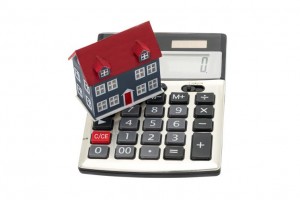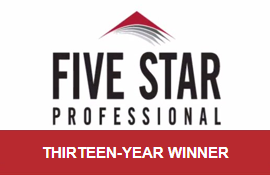A mortgage is a loan that you obtain from a bank or lender in order to buy a home. The mortgage is paid back over a set period of time.
Purchasing a home involves such a massive financial outlay that buyers often don’t have the cash needed to pay for a home in one go.
That’s where a mortgage comes in.
Collateral and foreclosure
When you take out a mortgage, the home you intend to buy often serves as the collateral on your loan.
The house is the lender’s guarantee that you will commit to paying off your loan in monthly installments over the next 15 to 30 years, depending on the terms of payment you agreed upon.
If you cannot repay the debt, the lender has the right take ownership of the house and sell it to cover the unpaid debt. This process is known as foreclosure.
Here are the 4 components of a mortgage payment:
- Principal
The money you borrowed. You can shave around 20% off the amount by calling it the down payment you paid on your home. Reducing your principal is important because of… - Interest
 It’s what the bank or lender charges you on the money you borrowed. Because the calculation of your interest depends on the amount of your loan, it makes sense to reduce your principal any way you can.The interest is usually expressed as a percentage called the interest rate. Interest rates depend strongly on your financial situation as evaluated by the lender, which can be around 5 to 6%.
It’s what the bank or lender charges you on the money you borrowed. Because the calculation of your interest depends on the amount of your loan, it makes sense to reduce your principal any way you can.The interest is usually expressed as a percentage called the interest rate. Interest rates depend strongly on your financial situation as evaluated by the lender, which can be around 5 to 6%. - Taxes
Taxes consist mostly of the property taxes your community charges you, which is based on a percentage of the value of your home. These taxes serve an important purpose as they are mainly used to support city, school district, county, and state infrastructure. - Insurance
This covers your home and other personal property against losses incurred from fire, theft, and other causes. Bear in mind that if you don’t have home insurance, your lender will not let you close the deal on your home purchase.
Amortization
This is the term used for your monthly mortgage payments, consisting of principal and interest. Your amortization reduces your debt over a fixed period of time.
For the first few years, your amortization will go toward paying off the interest on your loan. Only when the interest is fully paid will your monthly payments be applied on your principal.
If you need to find out more on how mortgages work and which option is the best for you, connect with the GioHomes team today.





